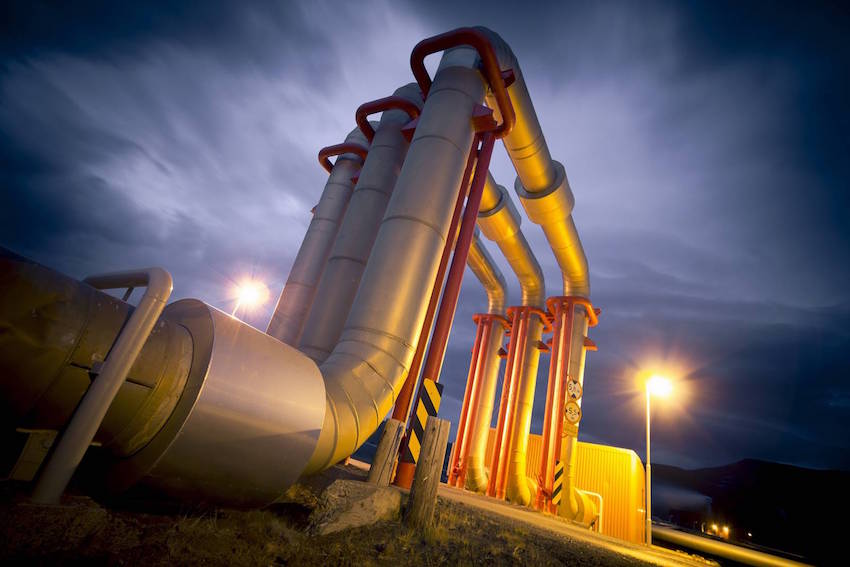
The increasing importance of Carbon Capture & Storage protocols (CCS) in the natural-gas processing industry has recently focused attention onto the economics of acid gas decontamination methods, and the energy efficiency associated with such practices.
Solving The Paradox
As the aim of CCS is ultimately to reduce the levels of CO2 being released into the atmosphere, the paradox that CCS is itself an energy-intensive process hasn’t gone unnoticed. It has been estimated that the energy demands in running an industrial CCS unit is equivalent to about 20 percent of the total CO2 emissions captured by the technology itself.
It is with this paradox in mind that recent research efforts have attempted to make the process of CCS more efficient. One of the emerging solutions to this problem is HiPACT — High Pressure Acid-Gas Capture Technology.
A New Approach is Born
The HiPACT project began by seeking ways to mitigate the energy penalty caused by the high thermal energy demands of typical solvent regeneration systems used in acid gas removal units (AGRU).
One way to reduce the energy consumption by the AGRUs was to run the solvent regeneration system at a high pressure, enabling reduction of the CO2 compression ratio, and with it reducing the energy needs of the gas compression unit. So, various solvents were screened for their ability to withstand the high operating temperatures inherent in a high-pressure process such as this.
After initial trials, a solvent was discovered that matched the researchers’ profile. Not only did the solvent show stability at high temperatures and pressure, but improved absorption kinetics, as well as improved absorption capacity, was also observed.
Cost Benefits of HiPACT Technology
The increased operating efficiency of the new HiPACT method led to a number of significant and beneficial cost improvements to the running of plant CCS systems.
These included:
- Reduced energy demand due to improved CO2 absorption in the AGRU
- Higher loading capacity for CO2, which led to lower circulation rates in the solvent regeneration process, saving operating costs and initial plant investment
- Savings in capital costs due to the HiPACT system requiring smaller piping sizes, with a corresponding reduction in plant area and thus plant costs
- Improved absorption kinetics with HiPACT solvent cause greater mass transfer of CO2 into the solvent; this suggests that a smaller absorber can be used when using HiPACT solvents, thus making further savings costs on initial build investment
Overall, researchers estimated that a total cost reduction of 28 percent could be made on plant operating expenditure, with the savings in energy costs of the more efficient HiPACT yielding an 11 percent increase in CO2 recovery compared to traditional solvent regeneration processes. A figure combining both operating savings and CO2 capture efficiencies was taken to be 35 percent cheaper with HiPACT over previous methods.
Further Uses
HiPACT has applications for other CCS endeavors outside of just the natural-gas processing industry. Synthesis gas and coal power plants are both slated as potential beneficiaries of HiPACT, with their high carbon output having been identified as a significant source of CO2 pollution.
And research is still ongoing into further improving the regeneration of solvents for CCS protocols. Perhaps soon we will see HiPACT principles being applied to such emerging research areas as composite polymer membranes, advancing the cost savings capabilities of the technology and broadening its application into even more areas.
Until then, make sure to discover the benefits that HiPACT can bring to your business, today.
____________________
Photo Courtesy of Gas Strategies (Glossery)